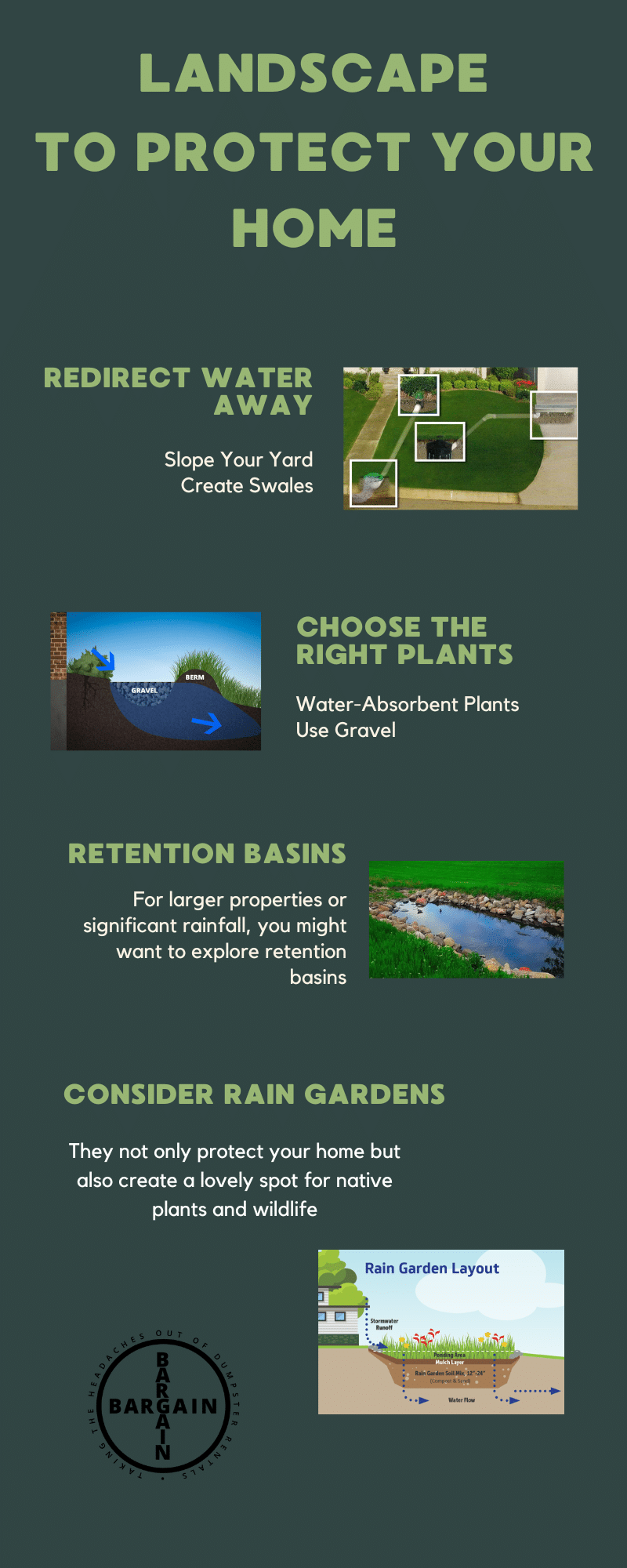Flooding is a big problem that many homeowners have. It can be very costly. You can get flooding if you live by a river, in a low place, or where Canadians often get heavy rain. This means your home can be at risk. Protecting your home from flooding is important. It is not only about stopping a big mess in the house. You also save money, keep the home safe, and look after your family.
Luckily, there are simple steps you can take to reduce the chances of water entering your home. When you act early, you can avoid a lot of stress and save money on repairs in the future. Let’s see how you can protect your home and stay ready for floods that may come your way.
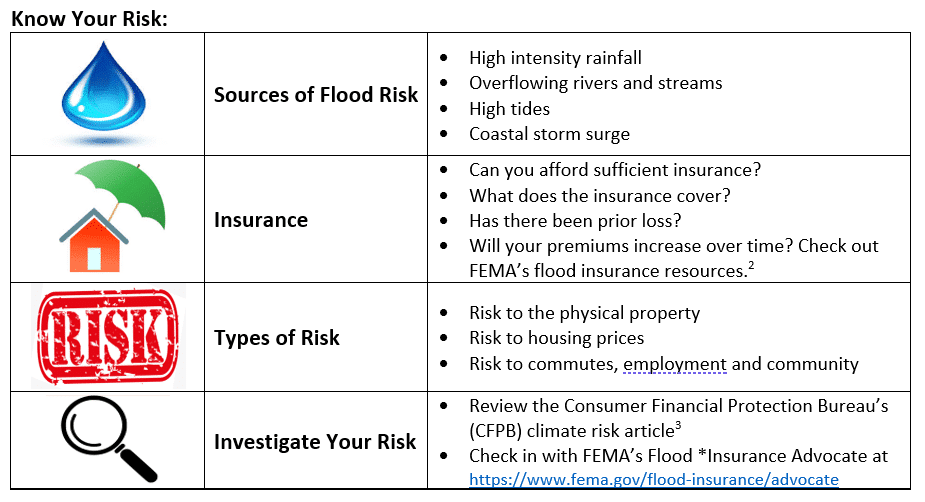
Assess Your Home’s Flood Risk
Before you do anything to keep your home safe from flooding, you need to know your risk. The first thing to do is check if your house is in a flood zone. You can use FEMA’s online maps for this or you can look at local sources. The maps show which places are most likely to flood, like when there is a lot of rain or a big storm. This will help you know where flooding might happen and what steps you should take.
Next, look at the way things are set up around you. Are there rivers, lakes, or other water nearby? If there are, your home can be at risk, especially when there is heavy rain. You also need to watch the slope in your yard or where you live. A home that is down a hill or sits low can get flooding more than places higher up, because water flows down.
To get the best advice, talk to someone in your area or get help from a professional. This helps you know how at risk your home might be. They can also tell you what you should do to keep it safe. If you do these things early, the it can save you stress and money later on.
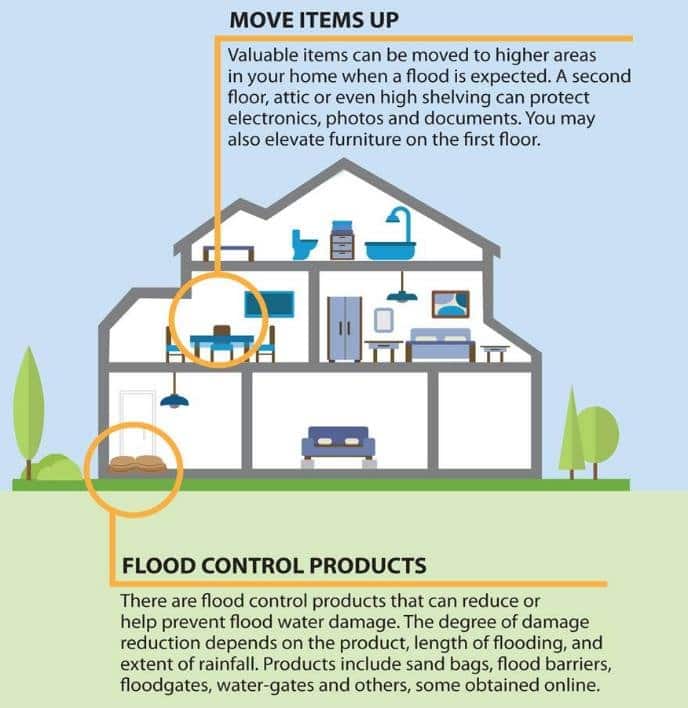
Elevate Essential Systems and Appliances
One good way to keep your home safe from flooding is to move up key systems and appliances, like hot water heaters. If you live in a place where flooding can happen, you should lift items like electrical outlets and circuit breakers higher than the possible flood levels. This helps to keep your power working and lowers the chance of short circuits or losing power when there is a flood.
Major appliances in the home, like your furnace, water heater, HVAC, and even washers and dryers, can get water damage if a flood happens. You can help avoid big costs for fixing or getting new appliances after a flood. The best way to do this is to set them up on raised platforms, or put them higher in the house. This keeps water from getting to the furnace and other important items.
Another good thing to have is a sump pump, especially if you have a basement. A sump pump will help remove water from your home during heavy rain or severe weather events. This can protect your basement and keep it safe from damage. It’s an easy way to keep your home dry and lower the risk of floods.
Seal and Waterproof Your Home
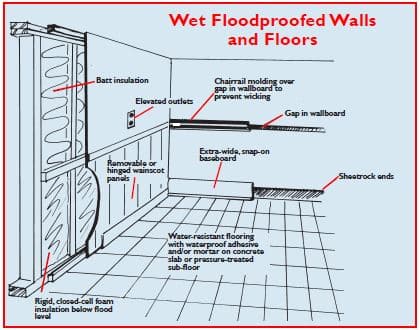
Waterproofing your home is an important way to protect it from flooding. Basements and crawl spaces need extra care, as water can get inside through small cracks and holes. When you waterproof these spots, you help stop water damage. It also helps you stay away from problems like mold and your home getting weaker.
One good way to keep water away from your home is to use waterproof membranes or coatings on the foundation walls. These tools work as a shield. They stop water from getting inside. You can use things like liquid sealants or plastic sheets for this job. All of these are made to keep out moisture.
Do not forget to seal the doors, windows, and walls at your place. Heavy rain can push water in even through very small cracks. It is good to check for all gaps, so you see if any areas need work. Simple things like caulking or weatherstripping help a lot to keep water out. This way, you can keep your space dry and safe.
Install Flood Barriers and Drains
One good way to keep water out of your home is to use flood shields and barriers. You can put these flood shields on doors and windows. They help to stop water from getting inside when there is heavy rain or flooding. The shields are simple to use. It does not take much time to set them up when there is a storm coming.
Another good way to keep your home safe is to set up French drains or a drainage system like them. These drains move water away from your house. This lowers the chance of water gathering near your home’s base. When you guide water to a safe spot, you are less likely to get leaks or deal with damage. A drainage system can help protect what is important to you.
It is smart to get a type of backwater valves installed in your home. These valves protect you from sewage backups. When there is heavy rain and the city’s sewage system cannot handle it, water can come back into your home. A backwater valve stops this and keeps your plumbing and the whole house safe. If you want your plumbing to be safe from damage, using valves like these is a good way to start.
Together, these ways to stop floods can help give you peace of mind. You will know that your home is better protected from water damage.
Maintain Your Gutters and Downspouts
One of the best ways to keep your home safe from flooding when there is heavy rainfall is to make sure your gutters and downspouts work well. Gutters take the rainwater from your roof and move it away from your house. If there is something like leaves, sticks, or other things inside, the water will not go in the right way. Then, water spills over and may pool near your home’s foundation.
Water pooling near your home’s foundation might not look like a big problem, but it can cause cracks, leaks, and sometimes basement flooding. If you keep your gutters clean and make sure the downspouts point away from the house, you help stop these issues. A bit of care can do a lot to keep your home safe and dry so you avoid flood damage and flooding.
Landscape to Protect Your Home
Setting up a smart landscape around your home can be a good way to keep it safe from water damage. Here are some helpful tips that you can use to get started!
Redirect Water Away
One of the best ways to keep water away from the house is to shape the yard right. You can:
- Slope Your Yard: You need to have the ground sloping away from your house. This helps rainwater go away. The water does not gather by the foundation, and it can help stop soil erosion, too.
- Create Swales: A swale is just a shallow ditch that leads water away from your home. These are helpful, and you can make them look nice as well!
Choose the Right Plants
Planting the right kinds of plants can help with water control.
- Water-Absorbent Plants: There are plants, like ferns and some grasses, that can soak up a lot of water. If you use these plants, it can help take away extra moisture from around the house.
- Use Gravel: You can put gravel in some spots to let water drain better. This is a simple way to help with drainage and it also adds new look to your garden.
Consider Rain Gardens
If you get heavy rain often, you may want to put in a rain garden.
- A rain garden is a place made to gather rainwater. It helps keep your house safe from water. A rain garden also makes an area where native plants and animals can live. A rain garden can look very nice with the plants that grow in it.
Retention Basins
For bigger properties or when there is a lot of rain, you may want to look into using retention basins. These basins can help handle extra water in the area. If you want to read more about basins, you can check out this link: retention basins for more information.
- These are big dips in the ground. They keep rainwater for some time before it goes into the soil. They be very good for stopping flooding at your home.
By using these landscaping techniques, you can have a good-looking yard and also keep your home safe from water damage. Happy gardening!
Have a Flood Emergency Plan
Being ready for a flood can really help you and your family stay safe. Here are a few easy tips to help you make a good plan for a flood emergency!
Create an Evacuation Plan
- Know Your Routes: Find safe ways out of your home. Make sure every person in your family knows about these routes.
- Designate a Meeting Spot: Pick a safe place where your family can meet if you get split up.
Prepare Emergency Kits
- Pack Essentials: Be sure to take things like water, food that does not go bad, flashlights, batteries, and some first aid items with you.
- Keep Important Documents Safe: Put copies of your papers, like insurance and ID, in a waterproof bag or keep them in a digital form.
Importance of Flood Insurance
- Protect Your Home: Flood insurance gives you coverage for things that your home insurance may not take care of. If you live in a place where floods happen a lot, you may want to get it for your home.
- Review Your Policy: Look over what your policy has in it and be sure you know this. Keep your policy details close so you can find them when you need.
Local Services Contact Information
- Know Who to Call: It is good to have a list of phone numbers for services near you. Keep numbers for emergency help and for utility companies. Add your local municipality to the list. Having this list helps in a flood.
- Dumpster Rentals for Cleanup: When a flood happens, many things can get damaged. You might need to throw them out. Find out about local dumpster rentals before a flood comes. This way, you know who to call for help from your municipality when you need to clean up.
Having a flood emergency plan helps keep your family safe. It also can lower damage to your home. Be ready and stay safe!
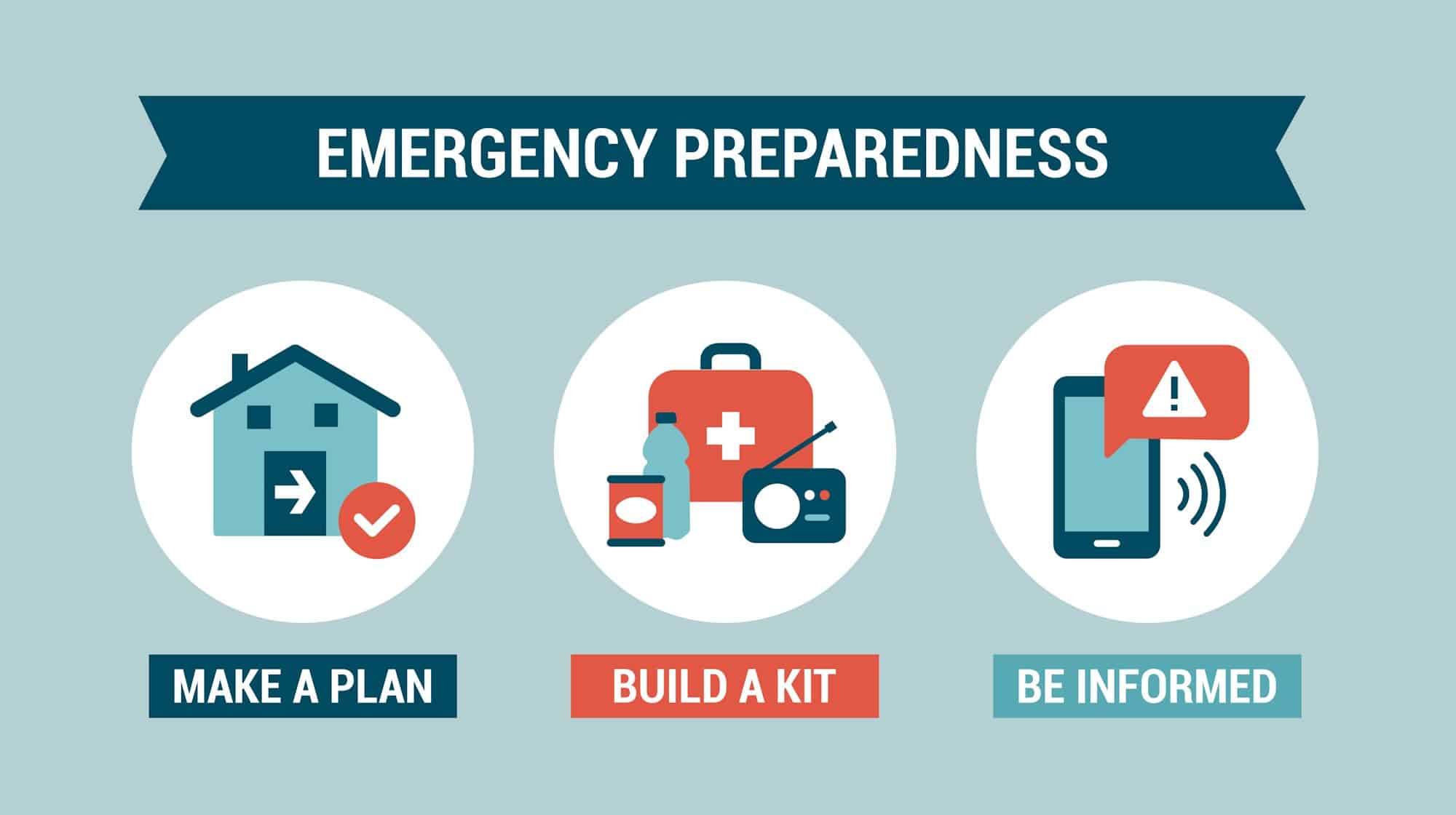
Check If Your Home Insurance Covers Floods
Understanding your home insurance coverage is very important, especially if you want to be ready for flood damage. A lot of homeowners think that their standard home insurance will cover every kind of water damage. This is not always true. It is a good idea to talk with your insurance representative to know what your insurance does and does not cover.
Most of the time, home insurance only covers sudden or accidental water damage from problems with plumbing. It usually does not cover damage from flooding. This can include overland flooding or water from a backed-up sewer. To get better protection, there are optional coverages like Overland Water coverage and flood coverage. You can add these to your plan.
If you know your options and look over your insurance, you can make sure that you and your home are safe from flood damage. Think about talking to your insurance representative today to check what is in your insurance coverage. This way, you get the right help when you need it most.
Besides knowing what your policy covers, it is important to keep good records of your home and belongings. Take pictures and videos of the main things you own. Keep these with your insurance information. This will help a lot if you need to make an insurance claim after a flood. If you have any questions about optional coverages or protection, contact your insurance representative. This will help make sure you have what you need if a flood happens.
Monitor Flood Risk Regularly
Watching out for flooding should be a regular task for homeowners in New Brunswick. This is even more important in places that get a lot of severe weather events. Make sure you keep up with news about heavy rainfall and weather from meteorological services. Staying updated like this helps you get ready for any possible flooding or storms. Local authorities also share useful information. They offer flood risk alerts and reports, so you and your family can know what steps to take to keep your home safe during floods.
When there is heavy rainfall, it is important to check your home’s drainage systems. This includes looking at the storm sewer grates, your gutters, downspouts, and other features that help water drain away. Make sure they work well and can keep up with the extra water. You may want to use tools like rain gauges. This can help you know how much rain comes down, so you understand if there could be flooding. If you stay aware of the weather, and watch for problems with drainage and sewer, you will be able to act in time to reduce flood risks. By looking over your place often and fixing things that need work, you can help keep your home safe from water damage.
Inside and Outside Flood Protection Measures
When there is a chance of flooding, it is important to take steps to protect your home both inside and outside. Inside your home, make sure your plumbing system works well. You should often look for leaks or any signs that pipes are wearing out. If your plumbing does not work right, there could be a lot of water damage when there is heavy rain. It is also good to think about putting valves, such as backflow valves, on your sewer system connections. This can help stop sewage from coming back into your home during flooding. This will help your plumbing and sewer system hold up better during storms.
Outside your home, main areas to protect are basement windows and window wells. Put up flood shields or barriers. These can stop direct water from getting in during big rains. Also, make sure your yard has the right slope. This helps water move away from your house. A small change like this in landscaping can keep water from building up and hurting your home.
Taking care of the outside of your home is very important to help stop flooding. You should check and clean your gutters and downspouts often. Make sure there is no debris that can block the water. This helps the rainwater flow away from your home more easily. When you use these steps inside and outside your home, you can make your home better at handling flooding and keep it safer.
Conclusion
Keeping your home safe from flooding can be easy. You can do this by making little changes, like fixing your yard and lifting up important systems. This helps a lot to stop water damage. These small things stop stress and loss from cleaning up after flooding.
Now is the time to get your home ready. You can start by checking the gutters on your house. Make sure to seal the doors and windows too. Even small things like this can help a lot. But if there is a flood, remember that Bargain Dumpster will be there to help you clean up after the flood. Our dumpsters make it simple and quick to get rid of debris. This way, you can focus on getting your house back to the way it was before.

